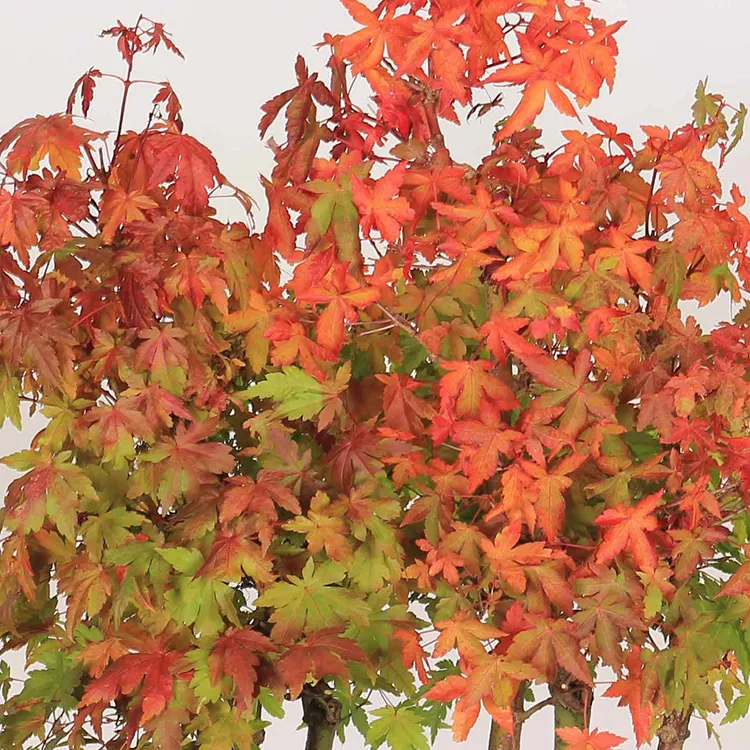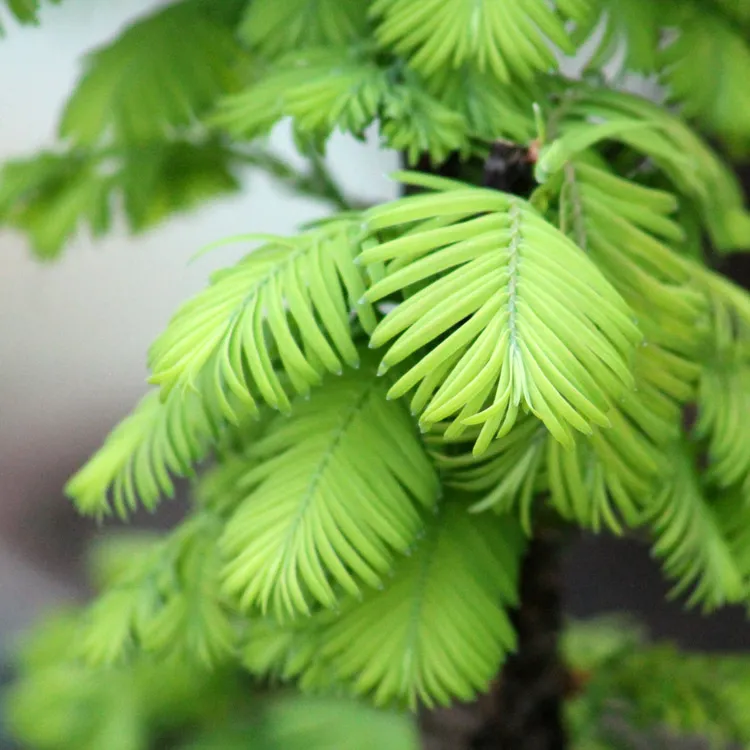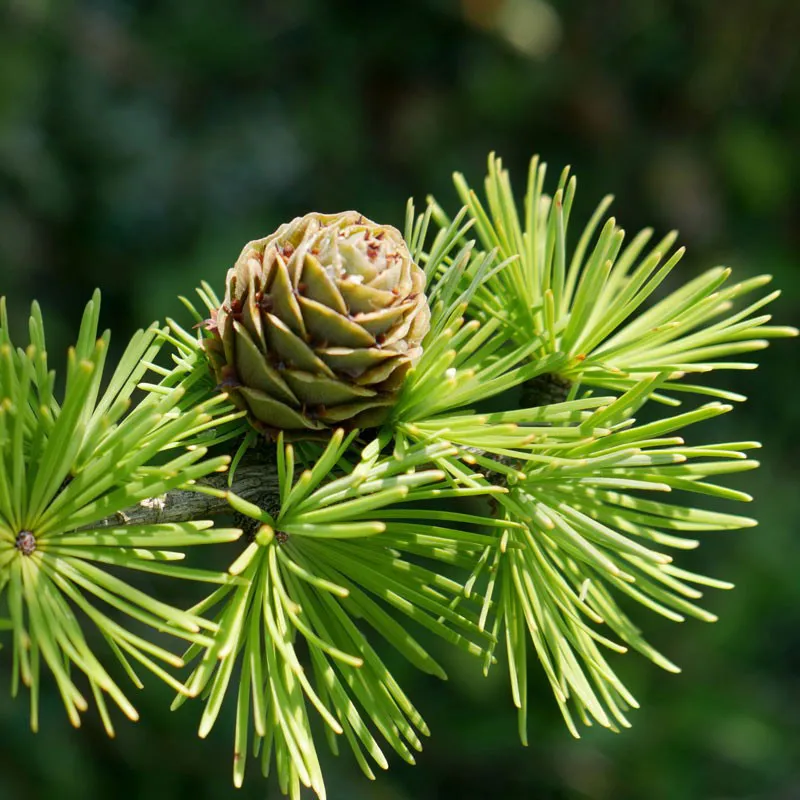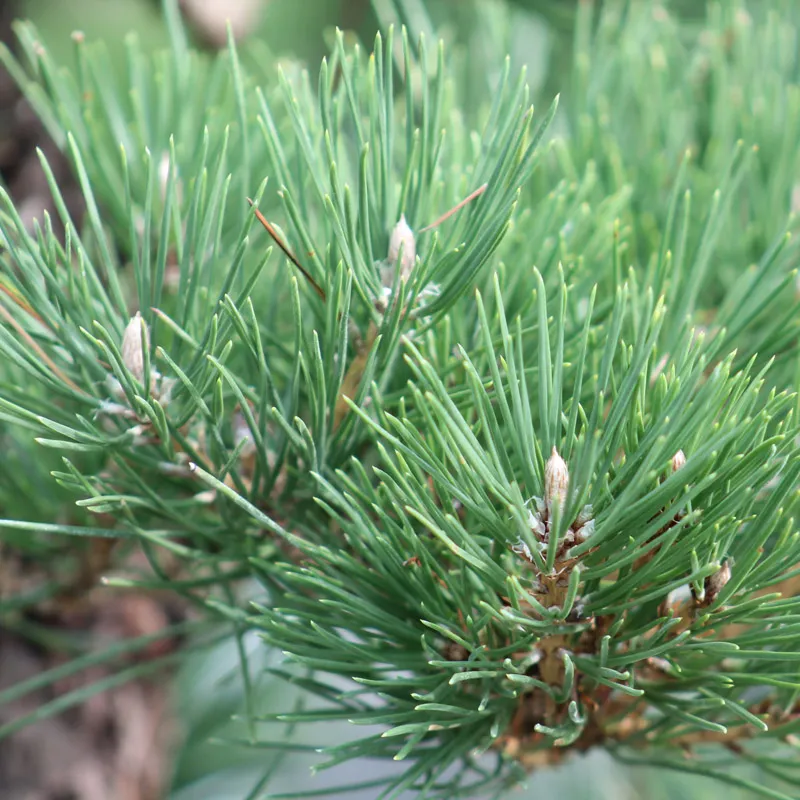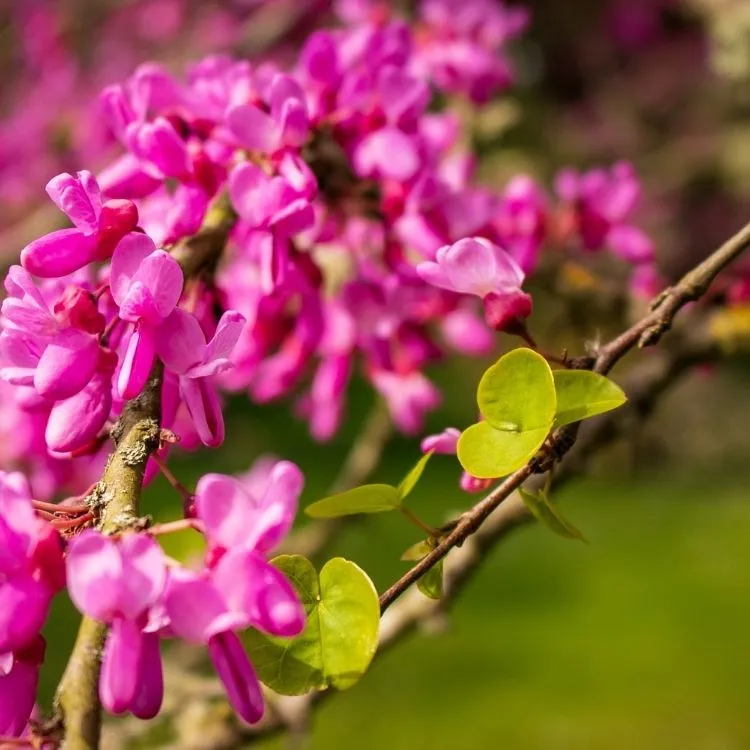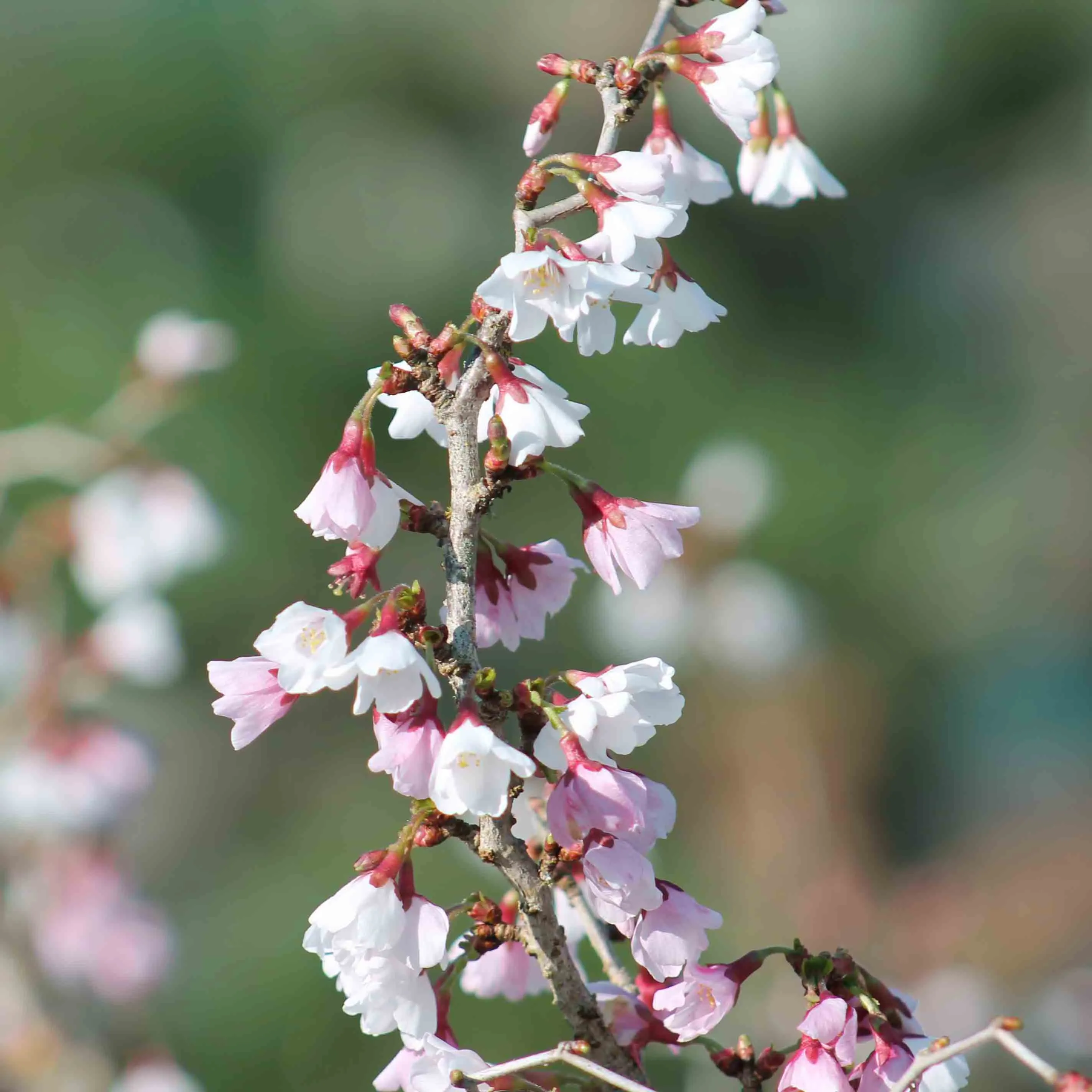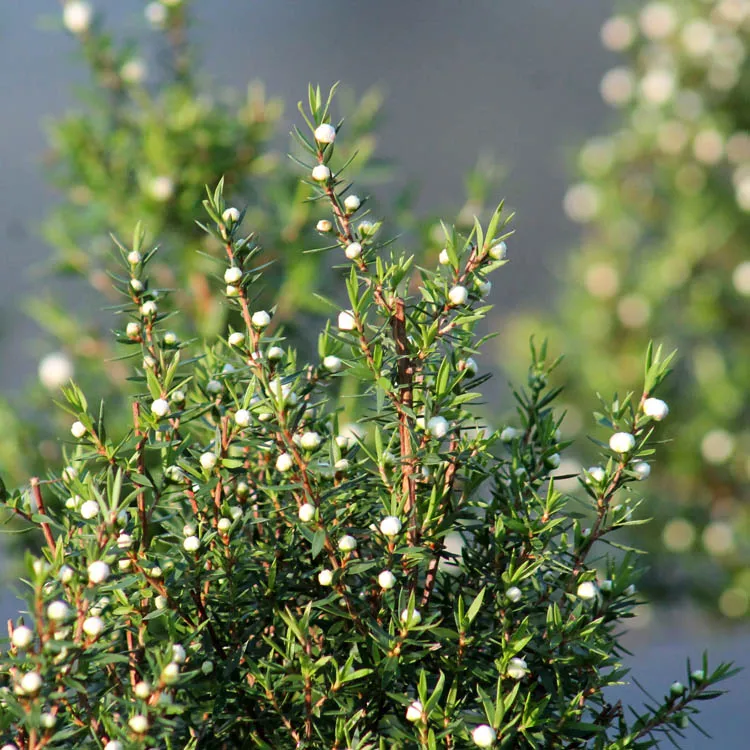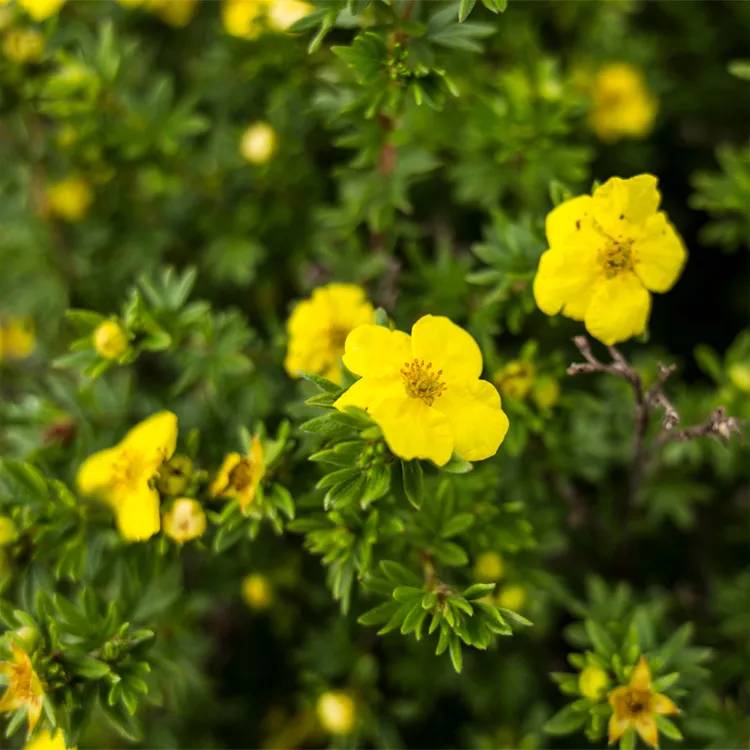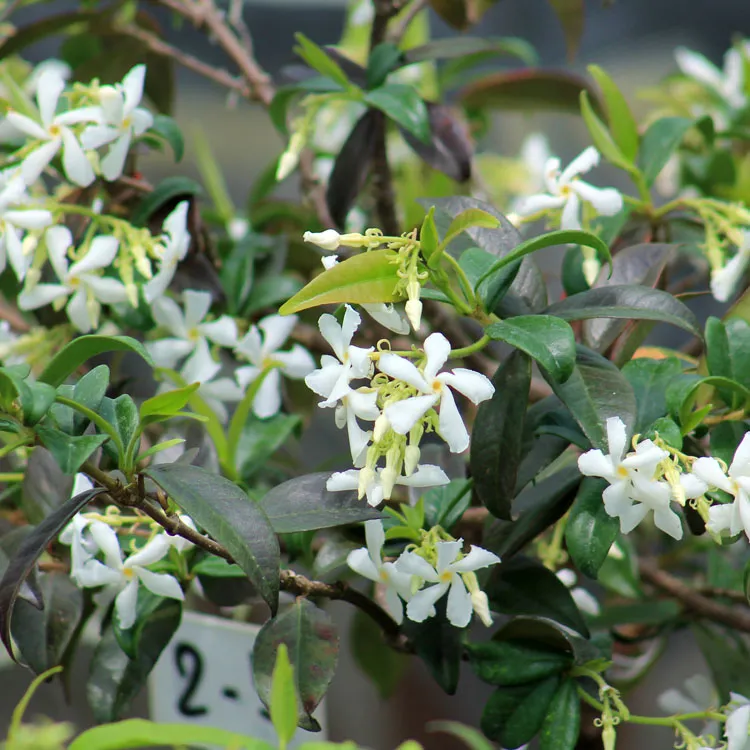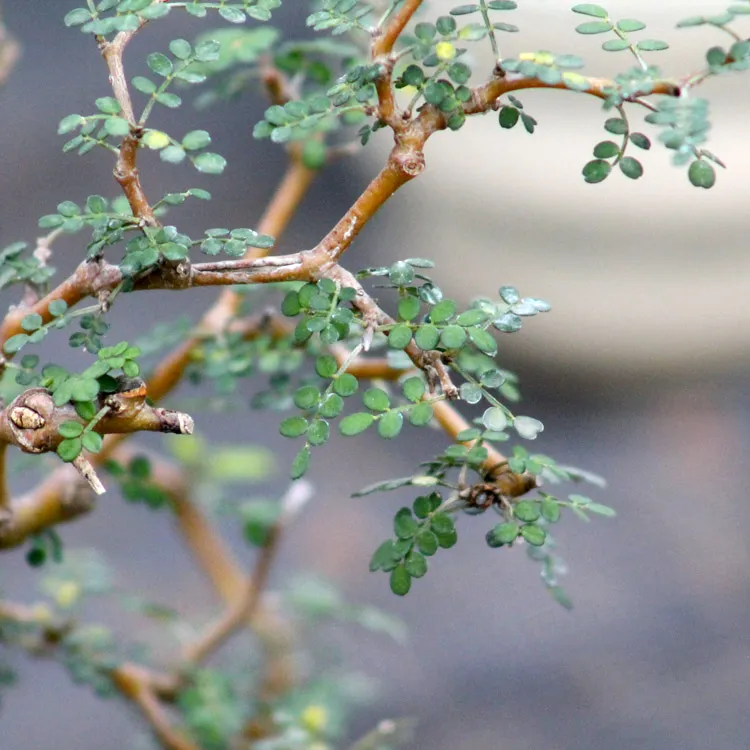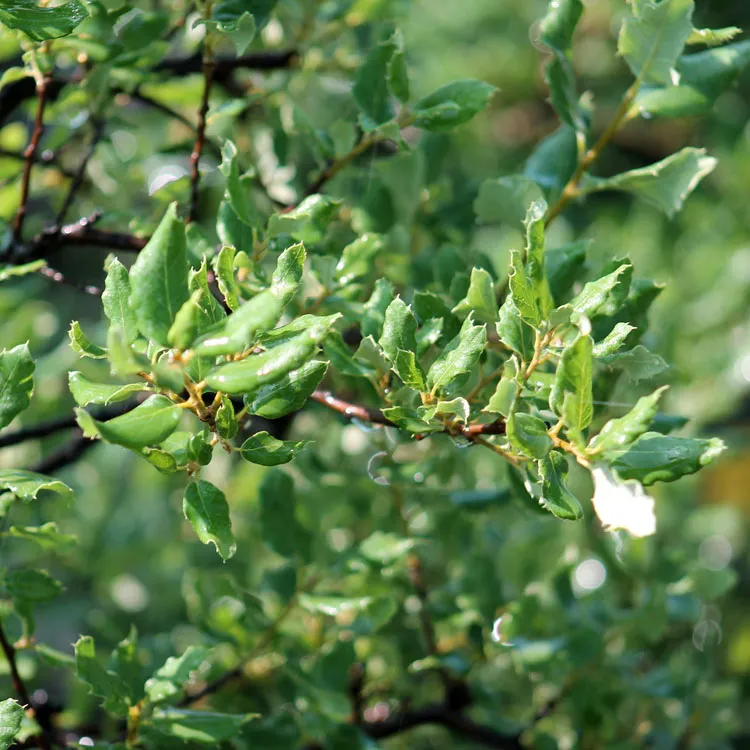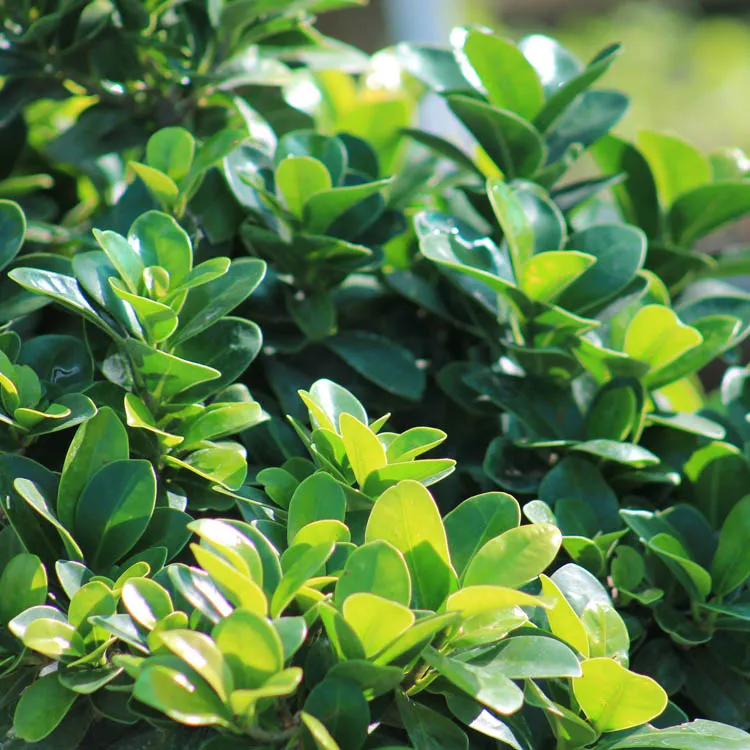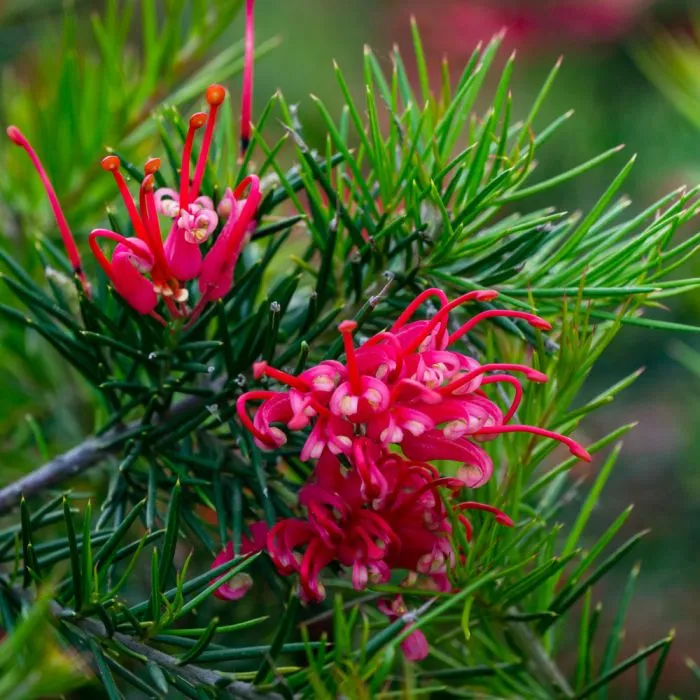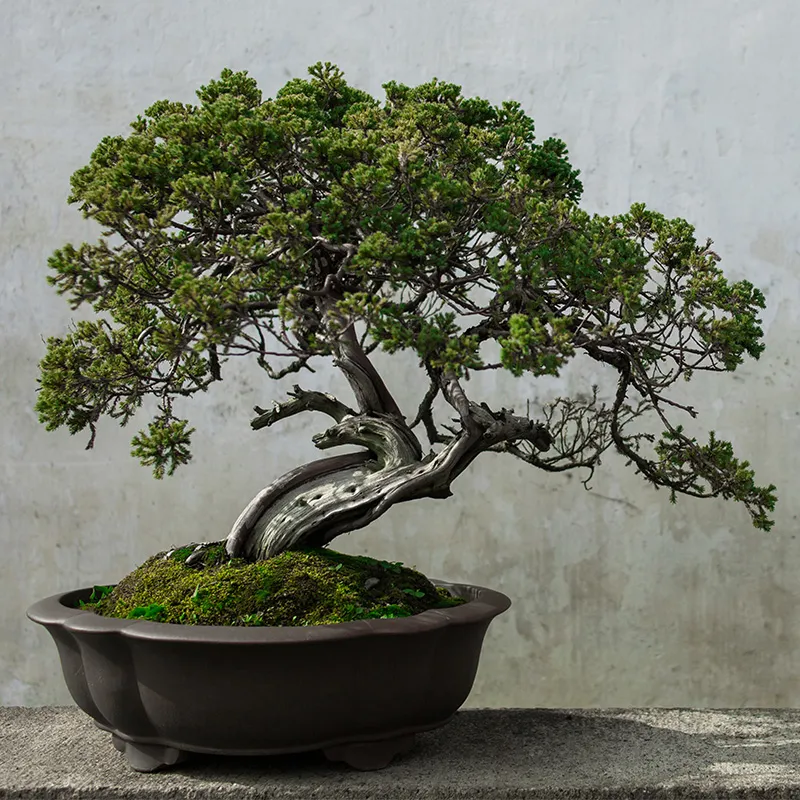An outdoor bonsai and a bonsai that will stay outside all the time. If this seems like a no-brainer to many of you, there's a popular belief that our little potted trees should be kept indoors, and that they can even serve as a decorative element next to the TV. No, a bonsai is a tree, which must be exposed to the sun, wind, rain, even if it sometimes needs to be protected.
A bonsai is a tree like any other
A bonsai is not a particular variety of plant, nor is it derived from seeds genetically modified to give rise to a dwarf tree. No, it's just a tree or shrub like you find next to your home, which is regularly pruned and maintained to stay small (see: what is a bonsai).
What is usually referred to as indoor bonsai are tropical or subtropical trees, which have grown in Asia, under a hot and humid climate. They can't tolerate frost, and won't be able to spend the winter outside at home. But that's also no reason to leave them inside all the time.
Growing a tree indoors is not natural, as your living room will only be as bright as your garden or terrace. There will be no direct sunlight throughout the day; however, tropical varieties such as Ficus Retusa really require a lot of light to develop well.
In short, if you want to avoid growing problems and have bonsai trees in top shape, we really advise you to opt for native trees, those that grow naturally next to your home, and that you can leave outside throughout the year.
Which outdoor bonsai for your garden?
If bonsai are to live outdoors, some species are more hardy than others, and the choice will have to depend on your local climate. If you live in a temperate region, such as the Mediterranean rim with very little frost, your choice will be different than if you live in northern France or in a mountainous region with harsh winters.
How to manage frost in winter
Some species do not tolerate frost well, for example olive trees and in general many Mediterranean species. If they can stay outside during light frosts, as soon as the temperatures drop below 0°C, you should plan to put them in a cold greenhouse. That is to say, a bright and frost-free shelter.
However, many bonsai trees tolerate frost down to -3°C or even -5°C and can spend the winter outdoors: hornbeams, oaks, pines, junipers, boxwood, cotoneasters, etc.
Hot summers are also a problem
While some bonsai don't like extreme cold, others don't like hot weather either. Who hasn't seen the leaves of their Japanese maple roast during a heat wave? Those who habituate in Brittany or northern France will have more success with maple trees than those who live in the south, where hot, dry winds can really be a problem.
If you choose to grow outdoor bonsai trees that are sensitive to heat, you will need to plan to protect them. Either by putting them in the sun only in the morning, or by installing a shade (see: how to protect your bonsai during the summer).
A climate that is too hot can also be a problem for some mountain trees, which need to feel the harshness of winter. This is the case, for example, with hook pines (Pinus Uncinata), which tend to weaken year after year when grown in a region that is too temperate.
Similarly, if we don't have larches in the nursery, it's because it's difficult to grow them here (in Lot-et-Garonne). It is rather a tree that will be reserved for those who live in the northern half of France or at altitude.
Managing excess rain
An outdoor bonsai is going to be subject to regular rainfall, and depending on the area where you live, there can be long wet periods. In general, this won't be a problem, especially if you're using a draining substrate.
Still, bonsai pines can see the tips of their needles turn yellow if they have too much water. This is usually not very serious, but if you notice this phenomenon, do not hesitate to shelter them from the rain during regular heavy showers so that the substrate drains well.
Is growing a bonsai tree outdoors really that complicated?
Rest assured, you can grow just about any tree outdoors, no matter where you live. Sometimes you will need to adapt the growing conditions according to your local climate. The word "local " is important, because within the same region, or even the same city, there can be significant differences in terms of temperature or wind.
Observe what is going on around your home, look at what grows naturally and likes it, this gives you an idea of what will be very easy to grow as an outdoor bonsai.
And for the others, provide some protection to provide an atmosphere in which your bonsai can develop and become more and more beautiful year after year.
This sometimes forces you to think carefully about where to set up your bonsai collection. Observe the direction of the sun, and check if you have a place in the shade in the afternoon for the more fragile. And feel free to create multiple zones for your trees, depending on their shade/sun needs.
Know how to please yourself
Bonsai should remain a hobby, a passion, and not a series of constraints or frustrations. It's important to choose an outdoor bonsai that you want to grow. Some enthusiasts like pines, junipers, others maples or azaleas.
Know how to please yourself, and often there are solutions to make everything go well. Don't hesitate to ask about the varieties you don't know or aren't used to seeing at home. We can also advise you if you have any questions!


 Production of French Bonsai
Production of French Bonsai


